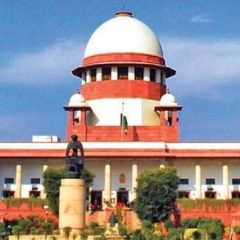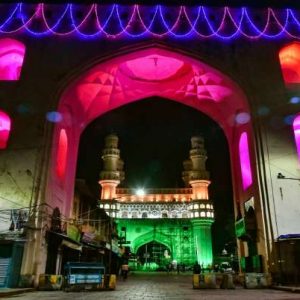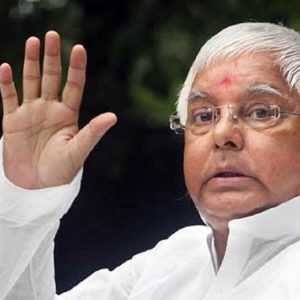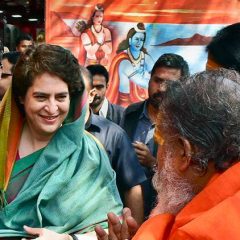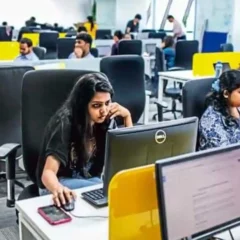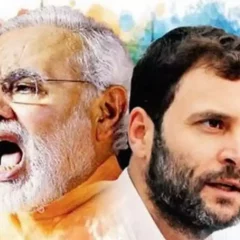Every census report from 1951 to 2011 has published data on SC and ST, but not on other castes.
By Anjan Chakraborty
The Narendra Modi-led NDA government at the Centre announced, on July 29th, a 27% reservation for Other Backward Classes (OBC), and a 10% reservation for the Economically Weaker Section (EWS) in the All India Quota (AIQ) for MBBS and postgraduate medical courses from the current academic year.
The decision, the Centre claims, will ‘benefit’ nearly 1500 OBC students in MBBS and 2500 OBC students in post-graduation every year. The question is, would it really benefit the unrepresented OBC communities?
OBC Reservation
The reservation for OBCs in India was implemented on the basis of the 1931 caste census, which found that nearly 52% of Indians belong to OBC.
Why the 1931 census? Because, every other census report from 1951 to 2011 has only published data on Scheduled Castes (SC) and Scheduled Tribes (ST), but not revealed any data on other castes. Every demand for a caste-based census has not been met by any political party at the Centre.
The Centre simply adopted the Mandal Commission recommendation to provide 27% reservation for the OBCs on the basis of that 1931 caste census. The OBC reservation in government jobs was introduced in 1993 and then in 2007, it was extended to admissions to institutes of higher education.
Who benefited from OBC Reservation?
Political parties of course. But, what about the OBC communities? Only some of them have benefitted, not all. In October 2017, the Centre constituted the Rohini Commission to examine the possibility of sub-categorisation of OBCs to ensure equitable benefits of the reservation.
In 2018, the Commission analysed data (from 2014 to 2018) of central jobs and admissions to central higher education institutions under the OBC quota.
The data revealed that nearly 97% of all jobs and educational seats, meant for OBCs, have gone to just 25% of all sub-castes and 24.95% of these jobs and seats went to only 10 OBC communities.
What’s more worrying is that the Commission found that 983 OBC communities had almost zero representation in jobs and higher education institutions.
Armed with this data, the Commission, as per media reports, has drawn up a proposal to divide the total 2,633 OBC castes in the Central List into four sub-categories and then split the 27% OBC quota reservation between them.
What is actually required?
The proposal to have sub-categorisation in OBC quota is good, but would be useless without the caste census. The present OBC reservation is based on the 1931 caste census when India’s population was just 270 million and that too it included present-day Pakistan and Bangladesh also.
India’s population, as per the 2011 census, has increased to 1.21 billion. Also, the socio-economic metrics of development have witnessed inequitable distribution among the various OBC communities. A new caste census that also measures the economic and social well-being of all castes is essential before sub-categorisation of OBC reservation can be even drawn up, forget being implemented. Else, we will continue to see few OBC communities flourish, while the majority remain unrepresented and unable to draw any benefit of this reservation.
ABOUT THE AUTHOR
Anjan Chakraborty is a journalist turned coach, digital media consultant and entrepreneur. Views expressed here are the personal views of the writer.

